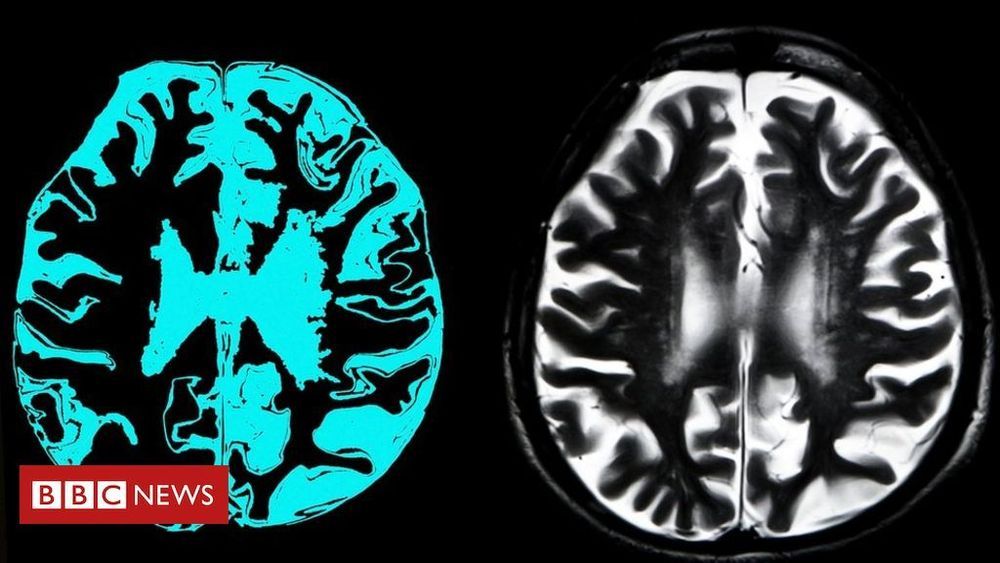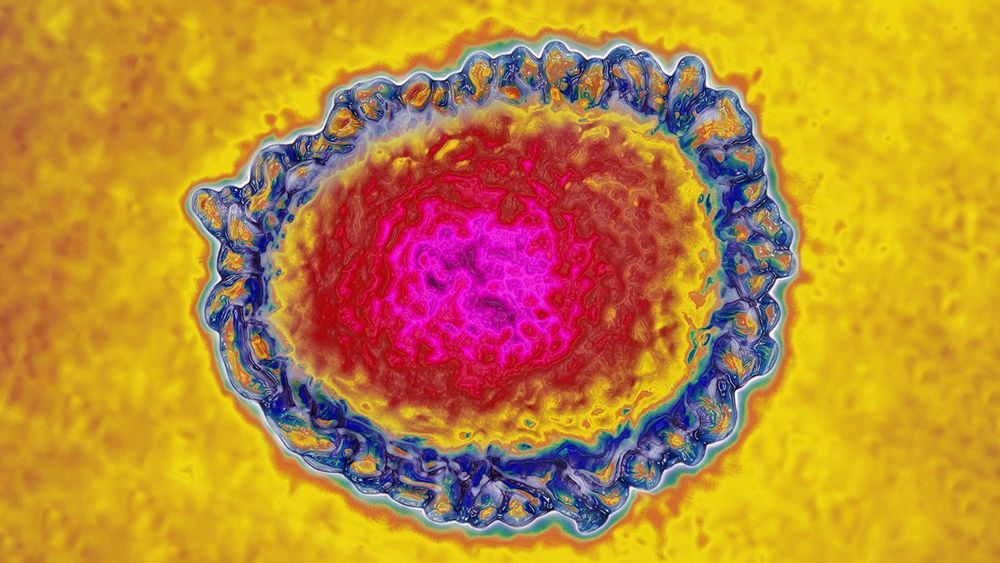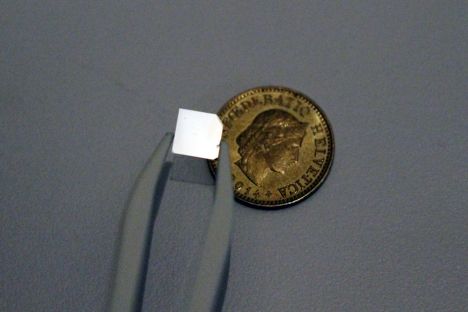We’re continuing to release talks from Ending Age-Related Diseases 2019, our highly successful two-day conference that featured talks from leading researchers and investors, bringing them together to discuss the future of aging and rejuvenation biotechnology.
Huda Suliman of Icaria Life Sciences discussed her company’s role in the rejuvenation biotechnology ecosystem, including small molecule drug discovery and drug screening along with how her company deals with irreproducibility in the scientific literature. She explained how species differences are an issue, and she explained the differences between aging-focused and traditional medical research.








